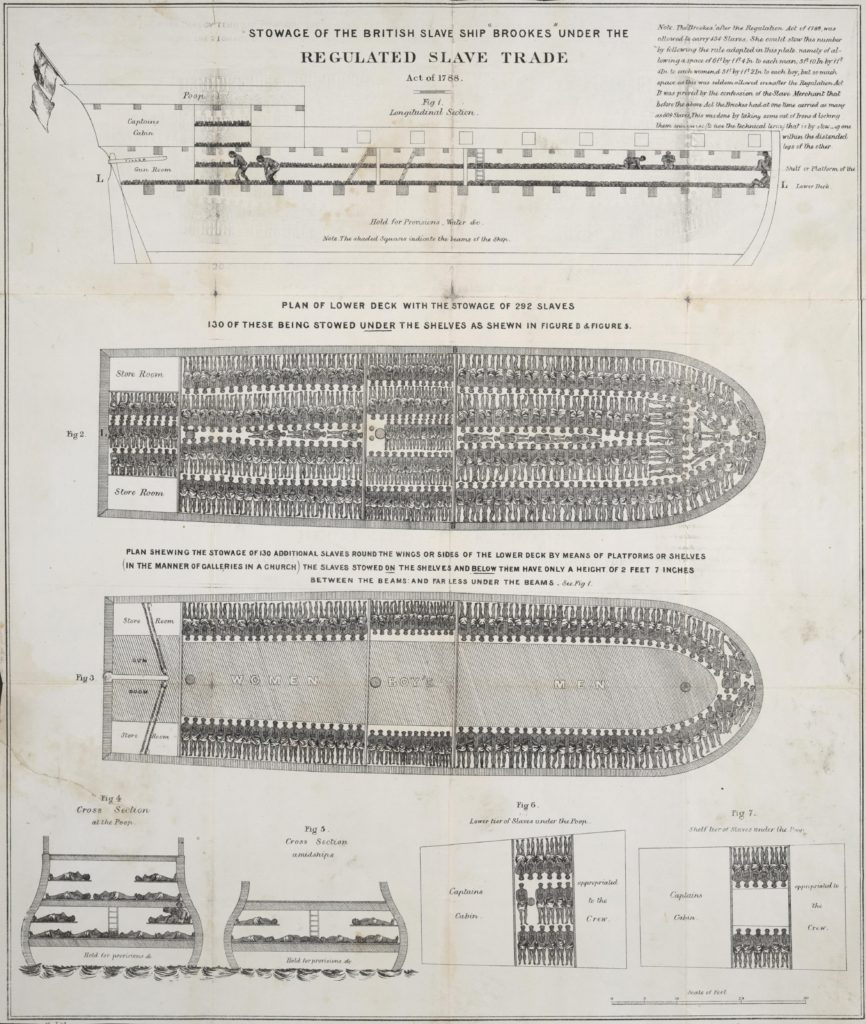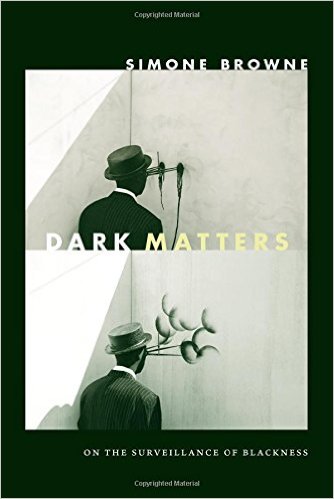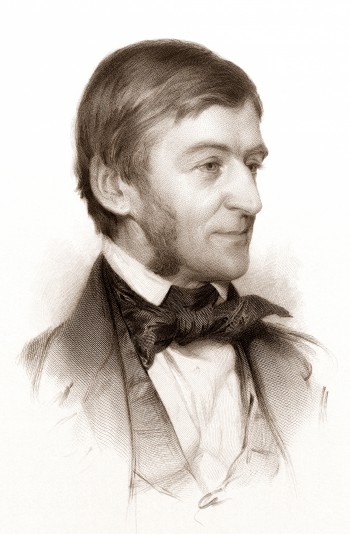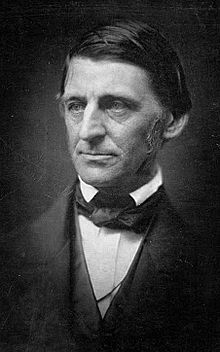a review of Simone Browne, Dark Matters: On the Surveillance of Blackness (Duke University Press, 2015)
~
The Book of Negroes was the first census of black residents of North America. In it, the British military took down the names of some three thousand ex-slaves between April and November of 1783, alongside details of appearance and personality, destination and, if applicable, previous owner. The self-emancipated—some free, some indentured to English or German soldiers—were seeking passage to Canada or Europe, and lobbied the defeated British Loyalists fleeing New York City for their place in the Book. The Book of Negroes thus functioned as “the first government-issued document for state-regulated migration between the United States and Canada that explicitly linked corporeal markers to the right to travel” (67). An index of slave society in turmoil, its data fields were populated with careful gradations of labor power, denoting the value of black life within slave capitalism: “nearly worn out,” “healthy negress,” “stout labourer.” Much of the data in The Book of Negroes was absorbed from so-called Birch Certificates, issued by a British Brigadier General of that name, which acted as passports certifying the freedom of ex-slaves and their right to travel abroad. The Certificates became evidence submitted by ex-slaves arguing for their inclusion in the Book of Negroes, and became sites of contention for those slave-owners looking to reclaim people they saw as property.
If, as Simone Browne argues in Dark Matters: On the Surveillance of Blackness, “the Book of Negroes [was] a searchable database for the future tracking of those listed in it” (83), the details of preparing, editing, monitoring, sorting and circulating these data become direct matters of (black) life and death. Ex-slaves would fight for their legibility within the system through their use of Birch Certificates and the like; but they had often arrived in New York in the first place through a series of fights to remain illegible to the “many start-ups in slave-catching” that arose to do the work of distant slavers. Aliases, costumes, forged documents and the like were on the one hand used to remain invisible to the surveillance mechanisms geared towards capture, and on the other hand used to become visible to the surveillance mechanisms—like the Book—that could potentially offer freedom. Those ex-slaves who failed to appear as the right sort of data were effectively “put on a no-sail list” (68), and either held in New York City or re-rendered into property and delivered back to the slave-owner.
Start-ups, passports, no-sail lists, databases: These may appear anachronistic at first, modern technological thinking out of sync with colonial America. But Browne deploys these labels with care and precision, like much else in this remarkable book. Dark Matters reframes our contemporary thinking about surveillance, and digital media more broadly, through a simple question with challenging answers: What if our mental map of the global surveillance apparatus began not with 9/11 but with the slave ship? Surveillance is considered here not as a specific technological development but a practice of tracking people and putting them into place. Browne demonstrates how certain people have long been imagined as out of place and that technologies of control and order were developed in order to diagnose, map, and correct these conditions: “Surveillance is nothing new to black folks. It is a fact of antiblackness” (10). That this ”fact” is often invisible even in our studies of surveillance and digital media more broadly speaks, perversely, to the power of white supremacy to structure our vision of the world. Browne’s apparent anachronisms make stranger the techniques of surveillance with which we are familiar, revealing the dark matter that has structured their use and development this whole time. Difficult to visualize, Browne shows us how to trace this dark matter through its effects: the ordering of people into place, and the escape from that order through “freedom acts” of obfuscation, sabotage, and trickery.
This then is a book about new (and very old) methods of research in surveillance studies in particular, and digital studies in general, centered in black studies—particularly the work of critical theorists of race such as Saidiya Hartman and Sylvia Wynter who find in chattel slavery a prototypical modernity. More broadly, it is a book about new ways of engaging with our technocultural present, centered in the black diasporic experience of slavery and its afterlife. Frantz Fanon is a key figure throughout. Browne introduces us to her own approach through an early reflection on the revolutionary philosopher’s dying days in Washington, DC, overcome with paranoia over the very real surveillance to which he suspected he was subjected. Browne’s FOIA requests to the CIA regarding their tracking of Fanon during his time at the National Institutes of Health Clinical Center returned only a newspaper clipping, a book review, and a heavily redacted FBI memo reporting on Fanon’s travels. So she digs further into the archive, finding in Fanon’s lectures at the University of Tunis, delivered in the late 1950s after being expelled from Algeria by French colonial authorities, a critical exploration of policing and surveillance. Fanon’s psychiatric imagination, granting such visceral connection between white supremacist institutions and lived black experience in The Wretched of the Earth, here addresses the new techniques of ‘control by quantification’—punch clocks, time sheets, phone taps, and CCTV—in factories and department stores, and the alienation engendered in the surveilled.
Browne’s recovery of this work grounds a creative extension of Fanon’s thinking into surveillance practices and surveillance studies. From his concept of “epidermalization”—“the imposition of race on the body” (7)—Browne builds a theory of racializing surveillance. Like many other key terms in Dark Matters, this names an empirical phenomenon—the crafting of racial boundaries through tracking and monitoring—and critiques the “absented presence” (13) of race in surveillance studies. Its opposition is found in dark sousveillance, a revision of Steve Mann’s term for watching the watchers that, again, describes both the freedom acts of black folks against a visual field saturated with racism, as well as an epistemology capable of perceiving, studying, and deconstructing apparatuses of racial surveillance.
Each chapter of Dark Matters presents a different archive of racializing surveillance paired with reflections on black cultural production Browne reads as dark sousveillance. At each turn, Browne encourages us to see in slavery and its afterlife new modes of control, old ways of studying them, and potential paths of resistance. Her most direct critique of surveillance studies comes in Chapter 1’s precise exegesis of the key ideas that emerge from reading Jeremy Bentham’s plans for the Panopticon and Foucault’s study of it—the signal archive and theory of the field—against the plans for the slave ship Brookes. It turns out Bentham travelled on a ship transporting slaves during the trip where he sketched out the Panopticon, a model penitentiary wherein, through the clever use of lights, mirrors, and partitions, prisoners are totally isolated from one another and never sure whether they are being monitored or not. The archetype for modern power as self-discipline is thus nurtured, counter to its own telling, alongside sovereign violence. Browne’s reading of archives from the slave ship, the auction block, and the plantation reveal the careful biopolitics that created “blackness as a saleable commodity in the Western Hemisphere” (42). She asks how “the view from ‘under the hatches’” of Bentham’s Turkish ship, transporting, in his words, “18 young negresses (slaves),” might change our narrative about the emergence of disciplinary power and the modern management of life as a resource. It becomes clear that the power to instill self-governance through surveillance did not subordinate but rather partnered with the brutal spectacle of sovereign power that was intended to educate enslaved people on the limits of their humanity. This correction to the Foucauldian narrative is sorely necessary in a field, and a general political conversation about surveillance, that too often focuses on the technical novelty of drones, to give one example, without a connection to a generation learning to fear the skies.

These sorts of theoretical course corrections are among the most valuable lessons in Dark Matters. There is fastidious empirical work here, particularly in Chapter 2’s exploration of the Book of Negroes and colonial New York’s lantern laws requiring all black and indigenous people to bear lights after dark. But this empirical work is not the book’s focus, nor its main promise. That promise comes in prompting new empirical and political questions about how we see surveillance and what it means, and for whom, through an archaeology of black life under surveillance (indeed, Chapter 4, on airport surveillance, is the one I find weakest largely because it abandons this archaeological technique and focuses wholly on the present). Chapter 1’s reading of Charles William Tait’s prescriptions for slave management, for example, is part of a broader turn in the study of the history of capitalism where the roots of modern business practices like data-driven human resource management are traced to the supposedly pre-modern slave economy. Chapter 3’s assertion that slave branding “was a biometric technology…a measure of slavery’s making, marking, and marketing of the black subject as commodity” (91) does similar work, making strange the contemporary security technologies that purport the reveal racial truths which unwilling subjects do not give up. Facial recognition technologies and other biometrics are calibrated based on what Browne calls a “prototypical whiteness…privileged in enrollment, measurement, and recognition processes…reliant upon dark matter for its own meaning” (162). Particularly in the context of border control, these default settings reveal the calculations built into our security technologies regarding who “counts” enough to be recognized. Calculations grounded in an unceasing desire for new means with which to draw clear-cut racial boundaries.
The point here is not that a direct line of technological development can be drawn from brands to facial recognition or from lanterns to ankle bracelets. Rather, if racism, as Ruth Wilson Gilmore argues, is “the state-sanctioned or extralegal production and exploitation of group-differentiated vulnerability to premature death,” then what Browne points to are methods of group differentiation, the means by which the value of black lives are calculated and how those calculations are stored, transmitted, and concretized in institutional life. If Browne’s cultural studies approach neglects a sustained empirical engagement with a particular mode of racializing surveillance—say, the uneven geography produced by the Fugitive Slave Act, mentioned in passing in relation to “start-ups in slave catching”—it is because she has taken on the unenviable task of shifting the focus of whole fields to dark matter previously ignored, opening a series of doors through which readers can glimpse the technologies that make race.
Here then is a space cleared for surveillance studies, and digital studies more broadly, in an historical moment when so many are loudly proclaiming that Black Lives Matter, when the dark sousveillance of smartphone recordings has made the violence of institutional racism impossible to ignore. Work in digital studies has readily and repeatedly unearthed the capitalist imperatives built into our phones, feeds, and friends lists. Shoshanna Zuboff’s recent work on “surveillance capitalism” is perhaps a bellwether here: a rich theorization of the data accumulation imperative that transforms intra-capitalist competition, the nature of the contract, and the paths of everyday life. But her account of the growth of an extractive data economy that leads to a Big Other of behavior modification does not so far have a place for race.
This is not a call on my part to sprinkle a missing ingredient atop a shoddy analysis in order to check a box. Zuboff is critiqued here precisely because she is among our most thoughtful, careful critics of contemporary capitalism. Rather, Browne’s account of surveillance capitalism—though she does not call it that—shows that race does not need to be introduced to the critical frame from outside. That dark matter has always been present, shaping what is visible even if it goes unseen itself. This manifests in at least two ways in Zuboff’s critique of the Big Other. First, her critique of Google’s accumulation of “data exhaust” is framed primarily as a ‘pull’ of ever more sites and sensors into Google’s maw, passively given up users. But there is a great deal of “push” here as well. The accumulation of consumable data also occurs through the very human work of solving CAPTCHAs and scanning books. The latter is the subject of an iconic photo that shows the brown hand of a Google Books scanner—a low-wage subcontractor, index finger wrapped in plastic to avoid cuts from a day of page-turning—caught on a scanned page. Second, for Zuboff part of the frightening novelty of Google’s data extraction regime is its “formal indifference” to individual users, as well as to existing legal regimes that might impede the extraction of population-scale data. This, she argues, stands in marked contrast to the midcentury capitalist regimes which embraced a degree of democracy in order to prop up both political legitimacy and effective demand. But this was a democratic compromise limited in time and space. Extractive capitalist regimes of the past and present, including those producing the conflict minerals so necessary for hardware running Google services, have been marked by, at best, formal indifference in the North to conditions in the South. An analysis of surveillance capitalism’s struggle for hegemony would be greatly enriched by a consideration of how industrial capitalism legitimated itself in the metropole at the expense of the colony. Nor is this racial-economic dynamic and its political legitimation purely a cross-continental concern. US prisons have long extracted value from the incarcerated, racialized as second-class citizens. Today this practice continues, but surveillance technologies like ankle bracelets extend this extraction beyond prison walls, often at parolees’ expense.

Capitalism has always, as Browne’s notes on plantation surveillance make clear, been racial capitalism. Capital enters the world arrayed in the blood of primitive accumulation, and reproduces itself in part through the violent differentiation of labor powers. While the accumulation imperative has long been accepted as a value shaping media’s design and use, it is unfortunate that race has largely entered the frame of digital studies, and particularly, as Jessie Daniels argues, internet studies, through a study of either racial variables (e.g., “race” inheres to the body of the nonwhite person and causes other social phenomena) or racial identities (e.g., race is represented through minority cultural production, racism is produced through individual prejudice). There are perhaps good institutional reasons for this framing, owing to disciplinary training and the like, beyond the colorblind political ethic of much contemporary liberalism. But it has left us without digital stories of race (although there are certainly exceptions, particularly in the work of writers like Lisa Nakamura and her collaborators), perceived to be a niche concern, on par with our digital stories of capitalism—much less digital stories of racial capitalism.
Browne provides a path forward for a study of race and technology more attuned to institutions and structures, to the long shadows old violence casts on our daily, digital lives. This slim, rich book is ultimately a reflection on method, on learning new ways to see. “Technology is made of people!” is where so many of our critiques end, discovering, once again, the values we build into machines. This is where Dark Matters begins. And it proceeds through slave ships, databases, branding irons, iris scanners, airports, and fingerprints to map the built project of racism and the work it takes to pass unnoticed in those halls or steal the map and draw something else entirely.
_____
Daniel Greene holds a PhD in American Studies from the University of Maryland. He is currently a Postdoctoral Researcher with the Social Media Collective at Microsoft Research, studying the future of work and the future of unemployment. He lives online at dmgreene.net.





